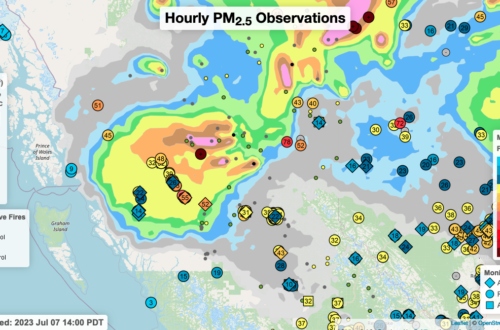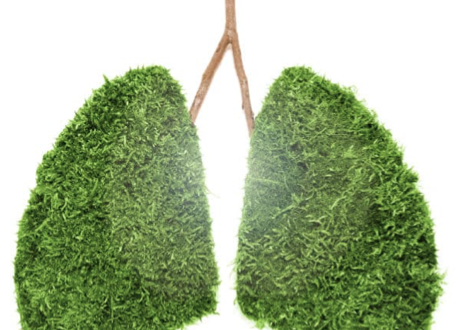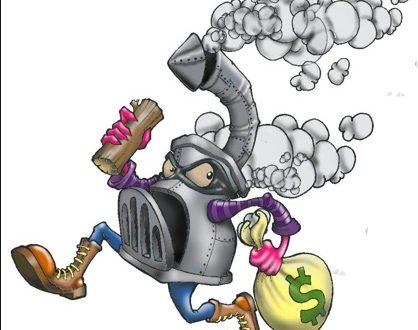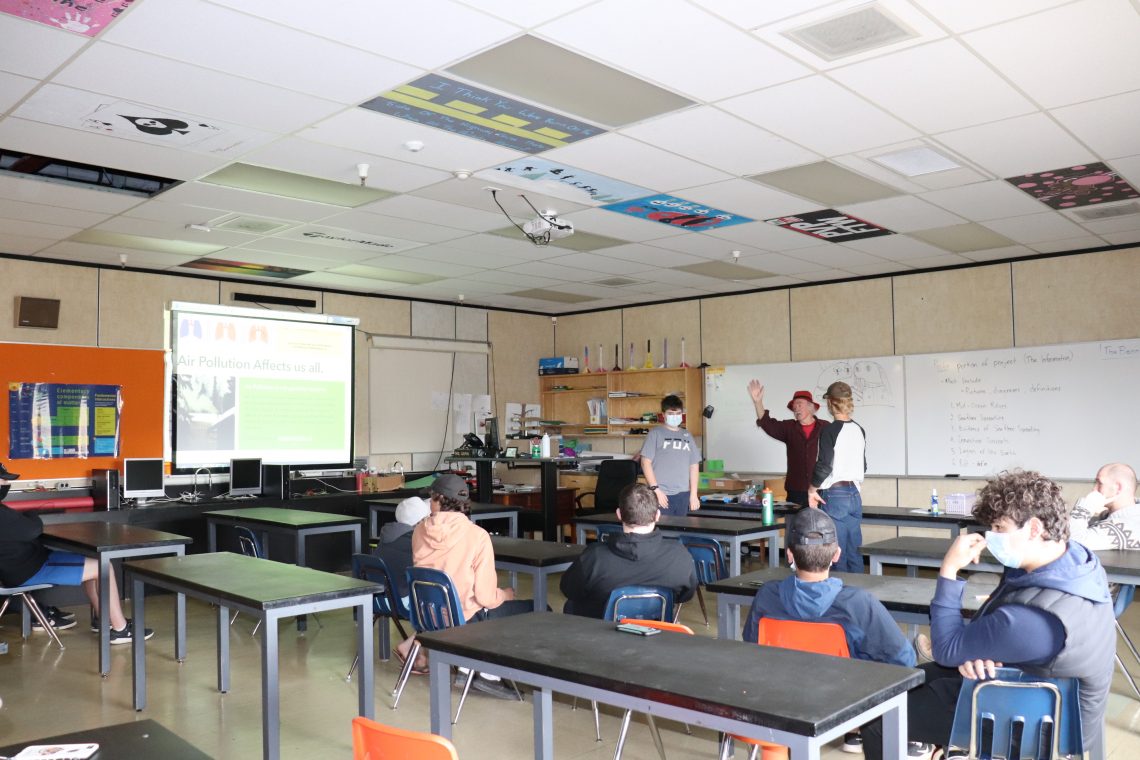
Houston Air Inquiry
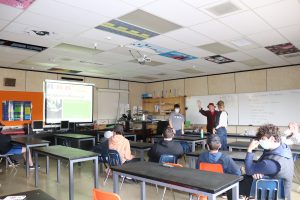
In the classroom we explored the basics of air quality. We know that poor air negatively affects our health, we know that poor air is composed of various noxious and toxic substances and gases, we know that particulate refers to the size of a particle of noxious or toxic substances. We reviewed sources of poor air and we began to observe our surroundings a bit closer with monitors.
airpollpstrFirst we got out a thermometer and noticed a difference in temperature of 1 degree between the floor and near the ceiling. We tracked this temp for a little while. We noticed that fans and circulation in the room were on so that might account for good air circulation in the room.
We learned about the fence post. If its wet it’s raining, if you cann’t see it – its night and so on. This was a great way to monitor weather. We also know a tree or an anemometer tracks wind speed and direction. To monitor weather or atmospheric conditions we cann’t see we use awesome digital and computerized tools. We turned on a purple air monitor and using our phones noticed the readings were also quite good in the room.
Whats cool about monitors is we can see trends and stuff that happens when we might not notice. Its also easier to zero in on high spikes or unusual readings. We looked at the data online for the province and their monitor at the Houston Firehall. Then we checked out the University’s purple air and found that on Monday there was what might be a provincial record for poor air in Houston, between 3 and roughly 6pm.
Health records show that when we are exposed to poor air emergency room visits increase, absentee rates at school increase, covid contractions become far worse and more bad stuff happens.
We tried to explain Monday’s spike: prescribed burning. In order to avoid the risk of smoke from wildfire moving into a community, the community lights a fire and watches the smoke move into the community. The wind changed direction, Houston was disgusting and to top that off the dust particles in the air were also prolific. It’s a myth to think prescribed burning will prevent wildfire. Lightly a fire will negatively affect the health of everyone in the plume. More on this later.
Today in Houston I saw 2 street sweepers. This should help with dust.
We talked about the wood stove exchange program and how we can burn wood and reduce emissions by being smarter, more patient and so on. We talked about geography and inversions and how this affects particulate. We talked about scientific investigation and how easy it is.
We did it in the classroom and we left the class with a mobile monitor called an AirBeam2. When we take readings we need to record who is using the monitor and when (date and time) in a book, with a pen. The monitor will track where you go, particulate readings and more. We can look for trends after the fact!
The class looked at pairing the mobile monitor with an Android phone and has it now – lets hope they get out with bikes or feet and get some local readings!
We talked about places to take readings – kitchen, cafeteria, shops, arts and metal works rooms in the school. We also thought the class could use a burner or explosion to see the affect on readings. We also thought nearer to Canfor, to home or to the library would be great places for readings. The school grounds would be cool to get a read on too.
Just don’t drop the monitor folks!
Thank-you for your time teacher and the Houston Inquiry group!


